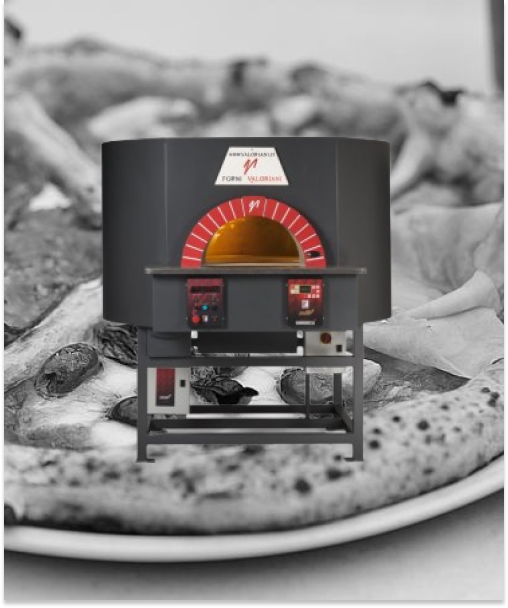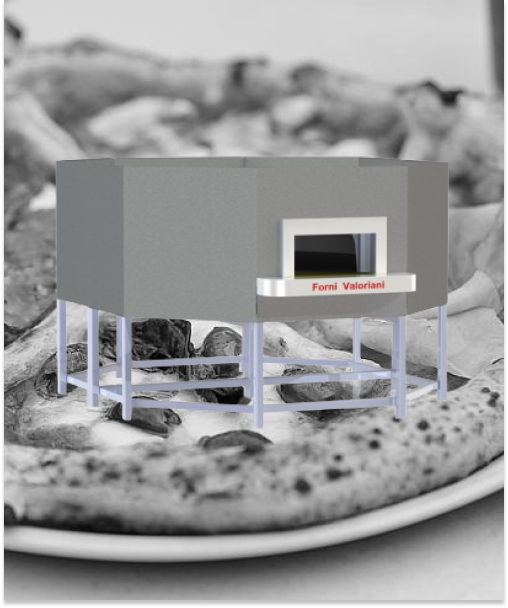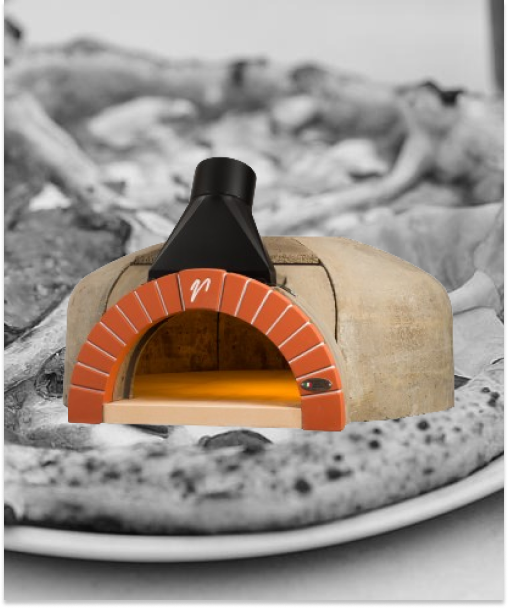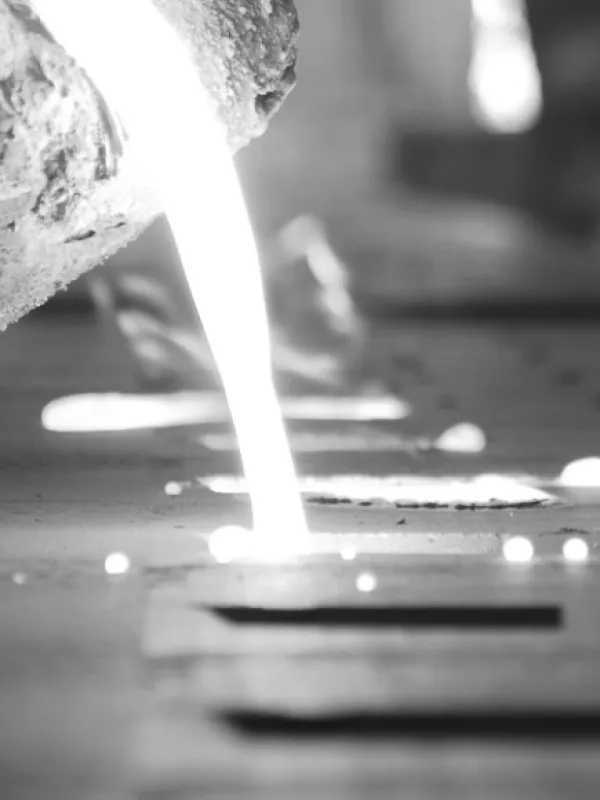High Performance Woodfired Ovens
COOKING CLASSES
The Attributes of a Traditional Neapolitan Pizza
The modern Pizza was invented in Naples, Italy and has become a common household favourite dish worldwide. However, over time many different cultures have influenced the way pizza is made in many parts of the world, leading to many different varieties, with various toppings and cooked in a variety of ways.

In 2009, by request of passionate Italian pizza chef the authentic Neapolitan pizza was safeguarded in the European Union as a traditional Specialty Guaranteed dish. Today, the authenticity of the Neapolitan pizza is determined by the Italian Associazione Verace Pizza Napoletana, who have set strict regulations and requirements for a pizza to be called Napoletana.
Below is a summary of the characteristics of an approved “Verace Pizza Napoletana”.
The Type of Pizza:
Only “Margherita” (tomato, oil, mozzarella or fior di latte, grated cheese and basil) or “Marinara” (tomato, oil, oregano, and garlic) will be approved.
Choice of Ingredients:
The ingredients used are extremely important! They must be fresh, non-processed and they must be produced in the Campania region of Italy.
Only wheat flour is to be used, wheat flour is highly refined flour milled to standard “00”. The water used must be clean, free of gas, parasites and chemical substances.
Only sea salt must be used and the yeast must be compressed yeast, biologically produced and of a high quality.
Fresh tomatoes should be used this includes S.Marzano dell’Agro Sarnese-nocerino, Pomodorini di Corbara, Pomodorino del piennolo del Vesuvio. If peeled tomatoes are used they should be strained, broken up and homogenised by hand. The use of fresh or industrially prepared “Roma” tomatoes is allowed.
Only certified mozzarella di bufala campana D.O.P, mozzarella S.T.G should be used.
Wood Fired Oven:
The Pizza must be cooked in a wood-fired dome oven at approximately 482 degrees Celsius. The pizza should be cooked directly on the stone base of the oven and not in pans or trays.
The Recipe and preparation method:
A strict recipe must be adhered to which includes varying stages of rising, proving and levitation in controlled temperatures.
Preparation and forming the Dough:
The dough should be mixed and kneaded by hand or on a low-speed setting if using a mixing machine.
The uncooked mixture should be sticky, soft and elastic to touch.
Preparation of the dough should be done carefully so as not to cause warming of the dough temperature.
The dough should be separated and formed into balls and left to rise in two stages with controlled temperatures.
The dough disc should be formed from a ball by hand only, using pressure through the fingers working from the centre outwards. The centre should be no more than 0.4cm thick and the crust, known as “cornicione” should be no thicker than 1-2cm.
Pizza Napoletana must be not larger than 11 inches with a raised edge crust of about 1 inch and a thin centre.
Final dough Consistency:
The consistency should be soft, elastic, easy to manipulate and fold.









